Fashion trends are changing and, in some cases, these changes are very extreme. One of the most radical trends and that dominated the 1990s and 2000s was that of very thin eyebrows, almost so tiny and separated, that they formed a line. Now that this fashion has contradicted the current trend of natural, abundant and unkempt eyebrows, thousands of women ask themselves “why did I pluck my eyebrows?”, especially in those who have realized that their eyebrows have not grown back.
Can waxing really cause eyebrow alopecia? Is it possible to recover its natural appearance? We will answer these and other questions below.
Tabla de Contenidos
Improper hair removal techniques + constant hair removal = follicle damage
Too often, teens want to imitate their favorite artists, or follow fashion trends, and choose to groom themselves to get the look they want. This usually takes into account facial and body hair removal.
A few decades ago there were no YouTube tutorials, and fashion magazines gave parameters for hair removal… and this caused many people to wear extremely thin, asymmetrical and widely spaced eyebrows. But since that was the trend, it was fine.
To avoid those “unsightly hairs” (as they were called then), it was necessary to pluck very frequently: even daily for those who had very thick and bushy eyebrows. In general, it is recommended to allow a period of three weeks to pass for the eyebrow to grow back and fix the design or correct a possible asymmetry.
In the case of an aggressive hair removal technique, the hair bulb, which forms the base of the follicle, can be damaged and cause irreversible hair loss, which means that the eyebrows do not grow back.
But excessive use of tweezers during adolescence is not the only reason why the eyebrows are less dense or do not grow.
Eyebrow alopecia causes
The loss of the eyebrow´s fine hair is related to various causes and types of alopecia. The most frequent are:
- Thyroid disorders, especially hypothyroidism.
- Autoimmune diseases that cause alopecia areata, which attacks the follicles.
- Cancer treatments such as chemotherapy or radiation therapy.
- Excessive stress, which is also related to alopecia areata.
- Trichotillomania, that is, compulsively pulling out the hair on the head, eyelashes and eyebrows.
- Having suffered a trauma or blow that left a wound in the eyebrow and destroyed the follicle.
- Frontal fibrosing alopecia, which affects women after menopause and causes hair loss on the front and sides of the head, but also on the eyebrows.
- Dermatological diseases. Lupus erythematosus, seborrheic dermatitis, psoriasis, scarring alopecia, among others that cause scars that damage the follicles.
- Advanced age. With age, hair follicles also age, causing hair to lose density and become thinner.
The hair cycle
Remember that the hair´s life cycle has three phases:
- Anagen. It is the growth stage, when we see an increase in hair, beard and eyebrows. It lasts between two and seven years. It is characterized by healthy follicles and cells with permanent activity and linear hair growth.
- Catagen. It is a transition stage, which lasts from three to six weeks, in which the hair stops growing and the activity of the follicular cells stops, as well as a change in its shape.
- Telogen. It is the resting phase in which the follicle rests and the hair begins to fall out. It lasts two to three months and when it ends, the growth cycle starts again.
This cycle also affects the eyebrows, so you may notice that they take longer than normal to grow. In addition, the telogen phase can be aggravated after childbirth, when going through stressful situations, suffering from anemia or eating a low protein diet.
In most cases, the eyebrows grow back over time. If the follicles are healthy, the eyebrows will grow, although they may look a little thinner, which can be hidden with the help of the pencil, or through micropigmentation techniques. However, these do not offer a definitive solution, and can sometimes seem artificial.
If what you want is a definitive solution to eyebrow alopecia, schedule your assessment appointment at Hairfix. We are a hair transplant clinic in mexico specialized in eyebrow transplant in Mexico, beard transplant with a natural design, long lasting results and at lower prices than in the United States.
Come visit us and recover the frame of your gaze with the help of Hairfix specialists. Schedule your appointment through our contact form, ask us for Tijuana hair transplant and hair transplant cost Mexico, we will gladly assist you!






